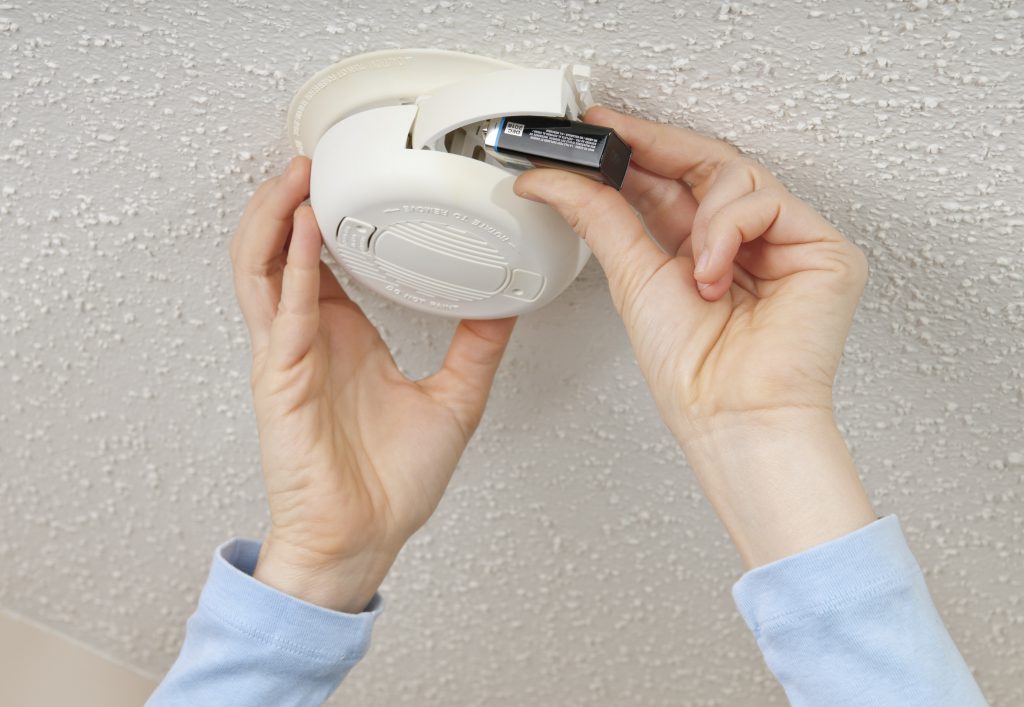- Fire alarms are crucial for alerting people to fires in commercial environments, and employers are legally required to have fire detection systems in place.
- Ionisation alarms are sensitive to flaming fires (e.g., paper or wood) and detect them before smoke thickens.
- Optical fire alarms are more expensive but effective for slow-burning fires (e.g., overheating wiring) and are less prone to false alarms.
- Interconnected/addressable fire alarms are commonly used in commercial settings, allowing simultaneous alerts and complex functions like staged evacuations.
A fire alarm is the best way of ensuring you and your colleagues are alerted as soon as possible if a fire occurs within the commercial environment.
Employers are legally obliged to protect the people who work within their premises from the threat of fire, and one of the best ways to do this is to have a fire detection system in place to alert all persons of the event of a fire outbreak.
There should be at least one smoke detector fitted per floor, although for larger environments more alarms will be needed to ensure everyone within the premises is alerted in time.
Here at Protect & Detect, our trained installers will be able to advise on the best system for your environment’s needs. There are several types of smoke detector to choose from:

What is Fire Alarm Ionisation
Ionisation alarms are most sensitive to flaming fires that could be triggered by materials such as paper or wood, and will detect this type of fire before smoke becomes too thick.
Optical Fire Alarms Explained
These tend to be the more expensive type of alarm, but are more effective at detecting slow-burning fires e.g. from overheated wiring or smouldering furniture.
Optical alarms are less likely to go off accidentally, so are best for ground-floor rooms and hallways nearer to kitchens.
Interconnected/Addressable Fire Alarms
These exist in most commercial facilities, and are controlled by fire alarm control panels.
Interconnected detectors can sound simultaneously if smoke or fire is detected in one area, and can also be used to implement more complex functions such a staged evacuations i.e. test drills.
Smoke detectors should be installed in the ceiling, ideally near the middle of a room and at least 500mm away from a wall. Ever wondered how smoke detectors work?
Protect & Detect is a leading fire safety and security company, servicing Ipswich, Colchester, Cambridge, Bury St. Edmunds, Chelmsford and beyond.
Protect & Detect offers a wide range of fire safety and security services including; fire alarms, fire extinguishers, burglar alarms, intruder alarms, fire sprinkler systems, access control, door entry systems, CCTV, barriers, nurse and warden calls. Contact our friendly team today for a quick quote.

